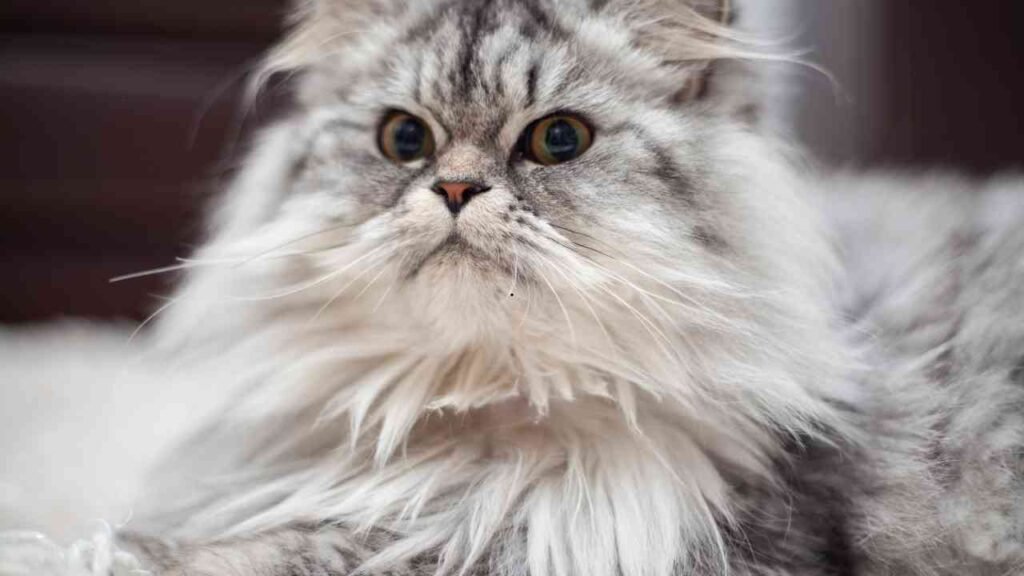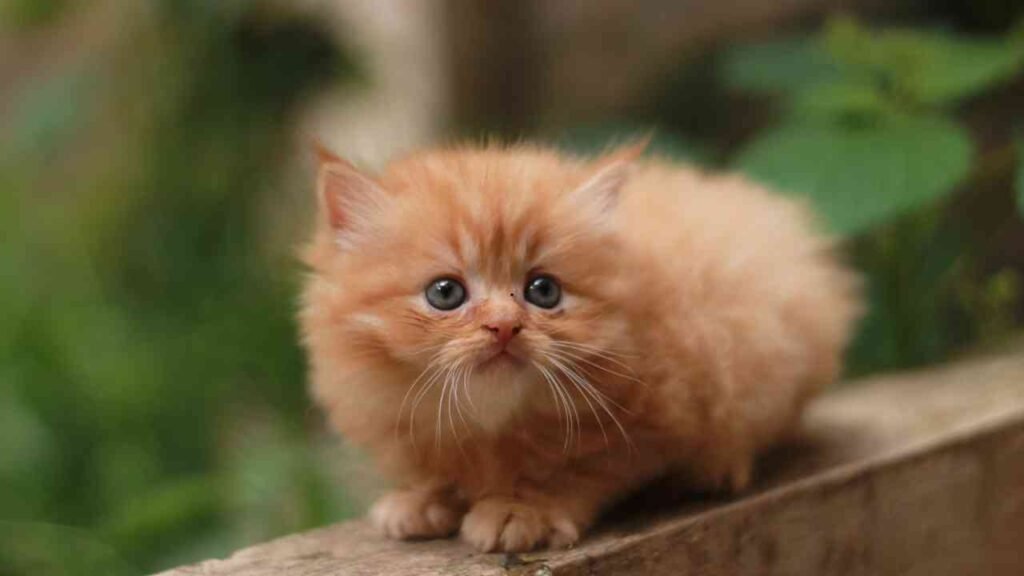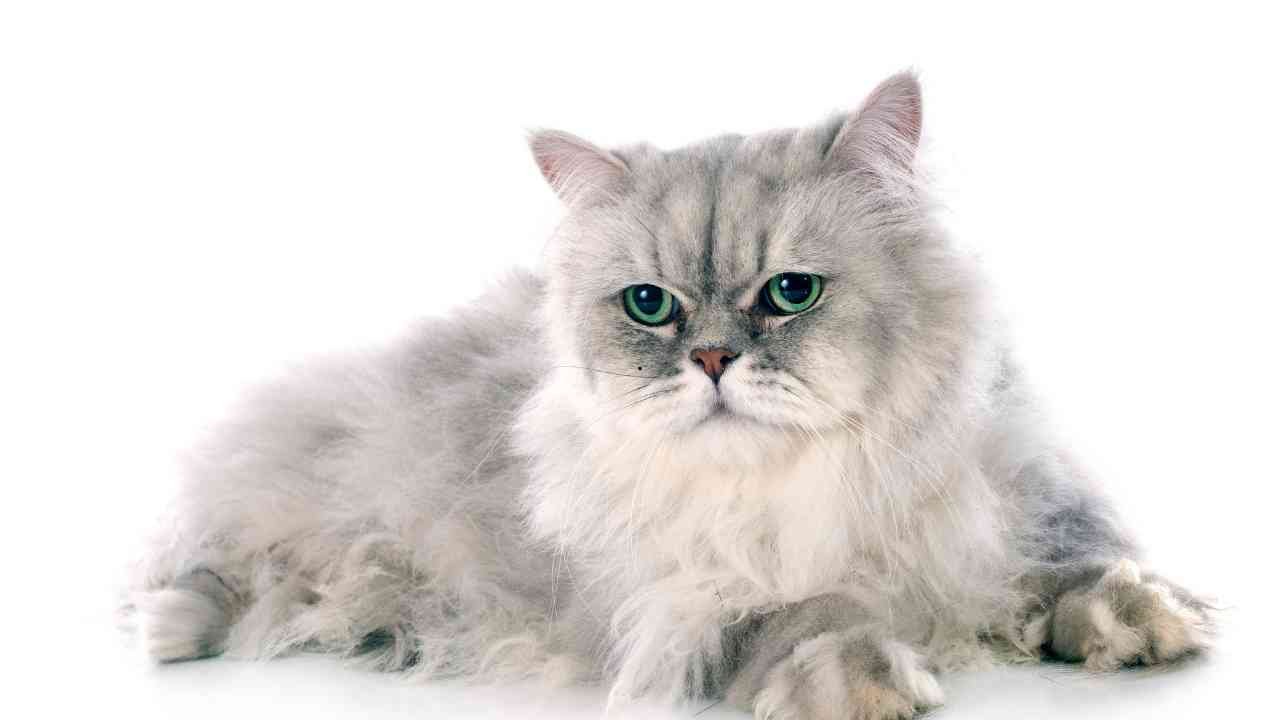Topics Covered in This Blog Post
- Introduction to the Persian Cat
- Breed History and Origins
- Physical Features and Coat Types
- Personality and Temperament
- Persian Cat Grooming Guide
- Common Health Issues
- Diet and Nutrition Requirements
- Persian Cats Around Family and Pets
- Adoption, Cost & Breeder Tips
- Is the Persian Right for You?
- FAQs
- Final-Thoughts
Introduction to the Persian Cat
The Persian cat is one of the most adored and recognizable cat breeds in the world. With its luxurious long fur, sweet expression, and laid-back temperament, this breed has become the epitome of feline royalty. Whether you’re a first-time cat owner or a long-time feline fan, the Persian cat offers a calm, affectionate, and majestic companion.
Breed History and Origins

The Persian breed traces its roots back to ancient Persia (modern-day Iran). They were introduced to Europe in the 1600s and quickly gained popularity for their exotic looks and gentle nature. Over the centuries, selective breeding further refined their appearance — especially their trademark flat face and dense coat.
Today, the Persian is one of the oldest and most beloved cat breeds worldwide, celebrated for its elegance and calm demeanor.
Physical Features and Coat Types

Key Physical Traits:
- Face: Flat or “peke-faced” with large, round eyes
- Fur: Long, thick, and soft
- Body: medium to large, cobby, and well-boned
- Tail: Short and bushy
- Eyes: Often copper, blue, or green, depending on coat color
Coat Colors and Patterns:
- Solid (white, black, blue, cream)
- Tabby
- Bi-color
- Himalayan (color point)
- Calico and more
Personality and Temperament
Persians are often described as quiet, dignified, and affectionate, making them ideal indoor cats. They are content to lounge near their owners and prefer peaceful environments over noisy households.
Behavioral Traits:
- Gentle and affectionate
- Quiet and non-demanding
- Sensitive to changes in routine
- Not overly playful, but love lap time
- Prefer calm interaction over roughhousing
They’re not attention-seekers, but they form strong bonds with their humans over time.
Persian Cat Grooming Guide
Their beautiful coat is both their glory and responsibility. Persian cats require daily grooming to stay healthy and tangle-free.
Grooming Checklist:
- Daily brushing with a wide-tooth comb
- Weekly bath (optional but helpful for oil control)
- Eye cleaning for tear stains (especially in flat-faced Persians)
- Regular nail trimming
- Ear and dental care
Skipping grooming can lead to matting, skin infections, and discomfort.
Common Health Issues
Because of their distinct facial structure and breeding lineage, Persians are prone to some health problems:
Common Conditions:
- Brachycephalic airway syndrome (breathing issues due to flat face)
- Polycystic Kidney Disease (PKD)
- Dental malocclusions
- Eye drainage and staining
- Skin infections under mats
Average Lifespan:
12–15 years with proper veterinary care and diet.
Choose breeders who test for PKD and other genetic disorders.
Diet and Nutrition Requirements
Persians have a sedentary lifestyle and thick coat, which means they need a diet that supports:
- Coat health
- Weight control
- Digestive ease
Best Practices:
- High-protein, moderate-fat dry or wet food
- Omega-3 and Omega-6 for skin and coat
- Plenty of water (consider a cat fountain)
- Avoid free-feeding to prevent obesity
Look for food designed for long-haired or flat-faced breeds.
Persian Cats Around Family and Pets
Persians are excellent with:
- Older children who respect their space
- Seniors or those seeking a low-energy pet
- Other calm cats or pets
They don’t like chaos, sudden noises, or rough play. Early socialization can help them adapt to more active homes, but they will always prefer a serene environment.
Adoption, Cost & Breeder Tips
Cost Range:
- Breeder price: $800 to $2,000+ (depending on pedigree and coat color)
- Adoption from shelters/rescues: $100 to $300
What to Look for in a Breeder:
- Health clearances (PKD, HCM, etc.)
- Clean facilities
- Socialized kittens (raised in home)
- Willingness to answer questions and provide support
Avoid breeders who don’t allow visits or provide medical records.
Is the Persian Right for You?
✅ You want a calm, affectionate, and elegant cat
✅ You can commit to daily grooming
✅ You prefer an indoor-only cat
✅ You live in a quiet environment
If you’re looking for a low-maintenance, hyperactive, or outdoor cat — a Persian may not be the right choice.
Frequently Asked Questions (FAQs)
Q1: Are Persian cats hypoallergenic?
No, Persian cats are not hypoallergenic. Their long fur can actually hold more dander and allergens.
Q2: Can Persian cats live outdoors?
Not recommended. Their coat and flat face make them vulnerable to weather and respiratory issues.
Q3: Do Persians get along with other cats?
Yes, especially if the other cat is calm. Avoid pairing with dominant or aggressive cats.
Q4: How often should I bathe a Persian cat?
Every 2–4 weeks is ideal. Regular brushing reduces the need for frequent baths.
Final Thoughts
The Persian cat is a living work of art — graceful, loving, and calm. Their beautiful coat and affectionate personality make them perfect companions for those who are willing to care for their grooming and health needs.
If you’re ready for a loyal, elegant lap cat, the Persian will reward you with quiet companionship and timeless beauty.
Interested in more fluffy companions? Read about the Himalayan Cat, known for its blue eyes, or the hardy Siberian Cat, Russia’s long-haired beauty.
